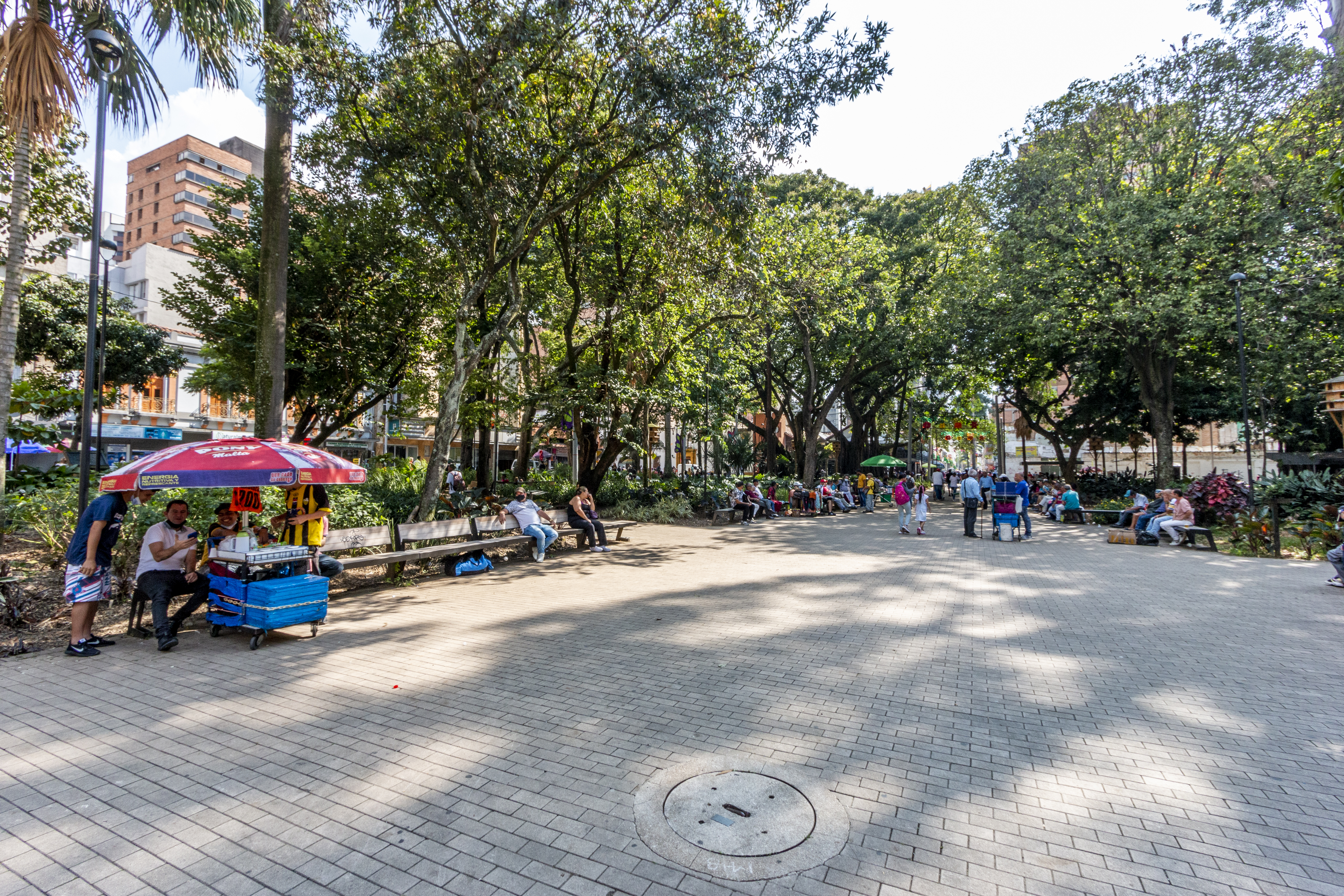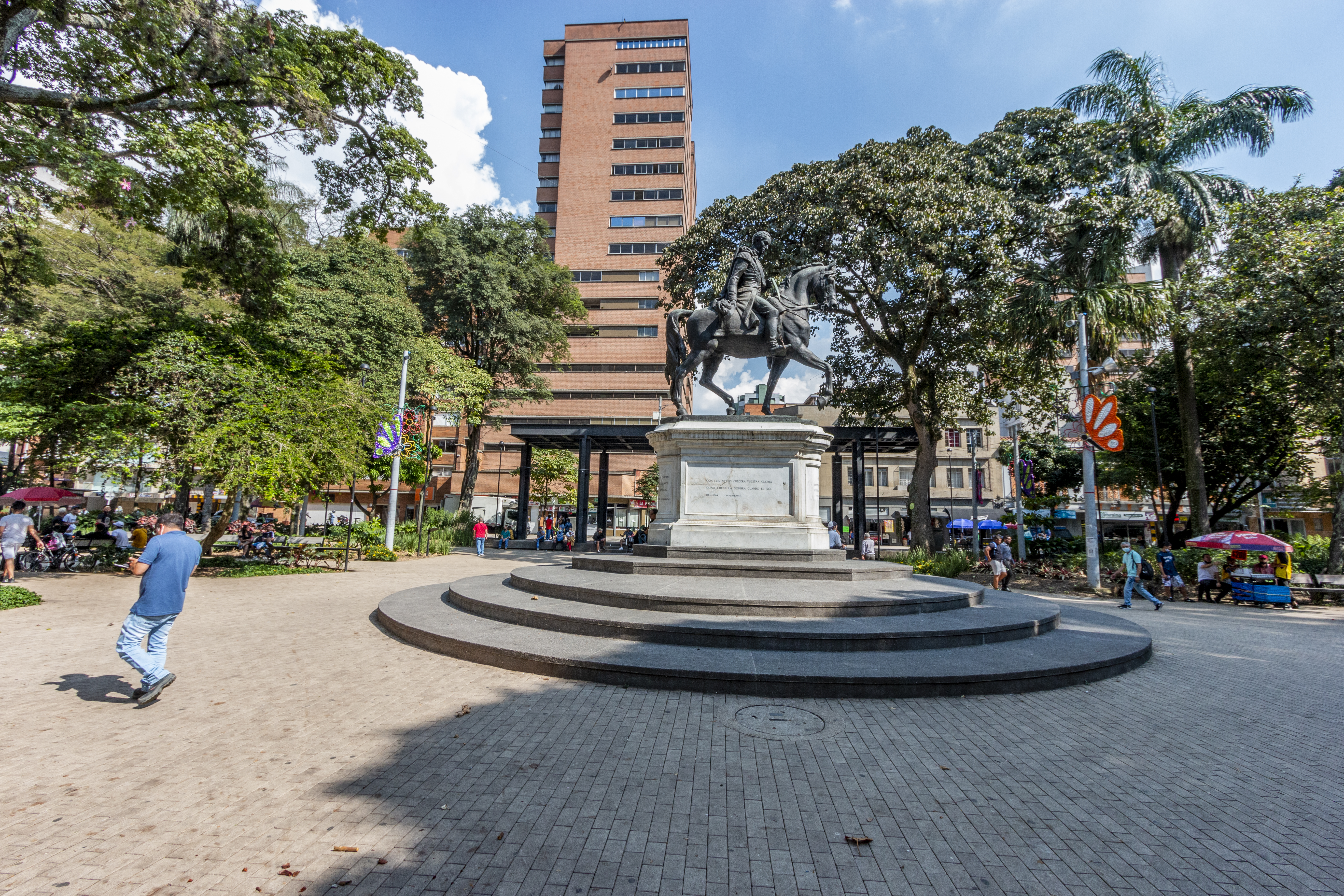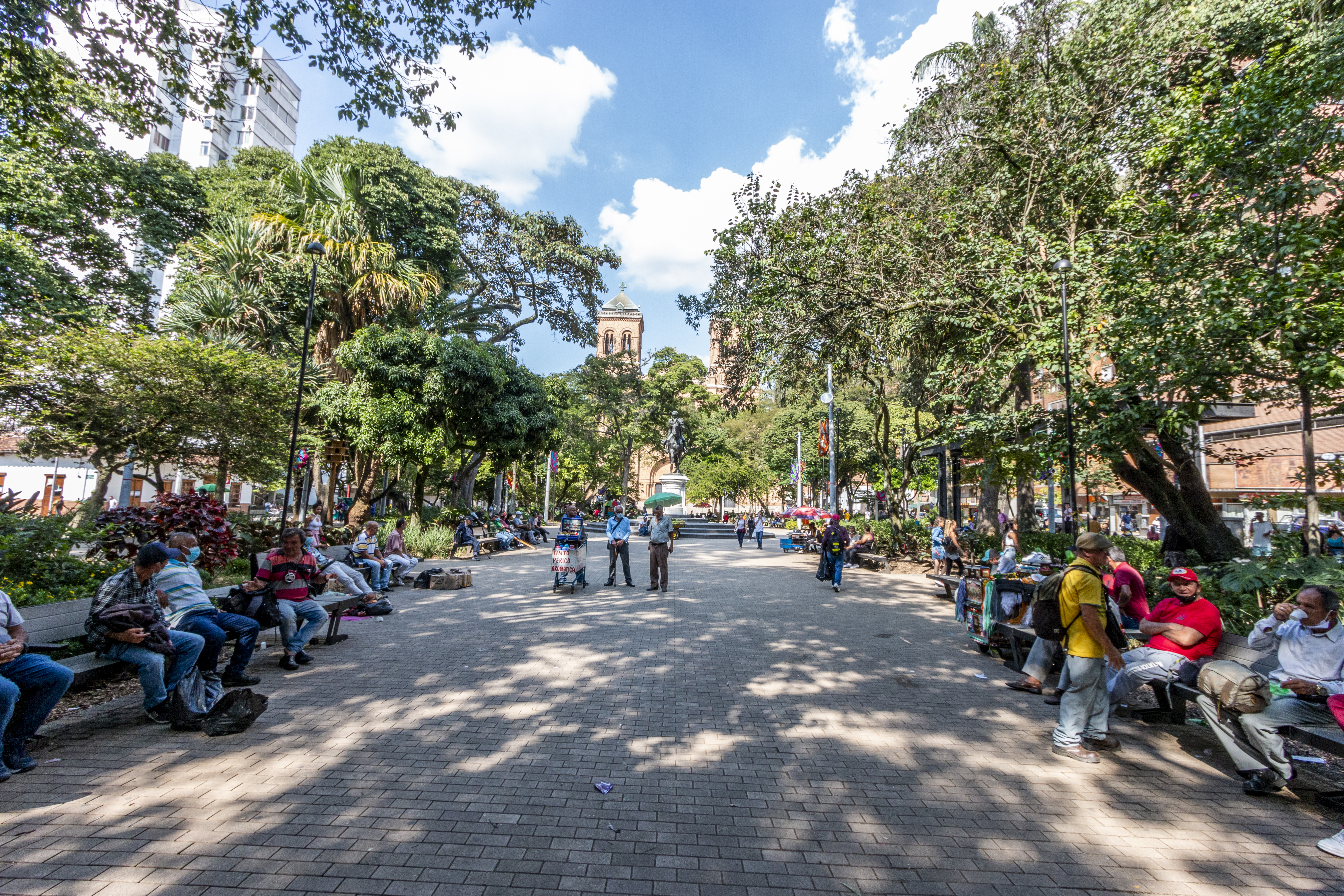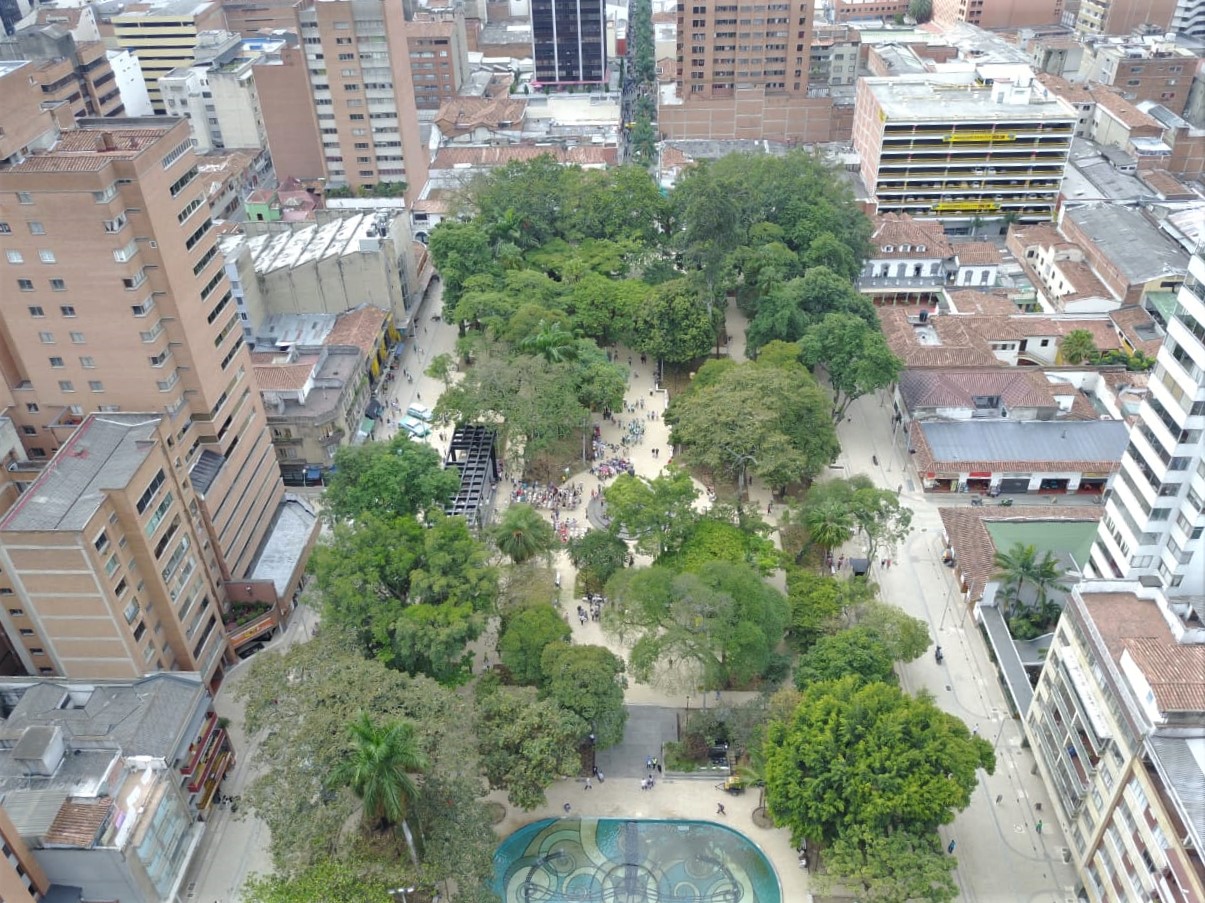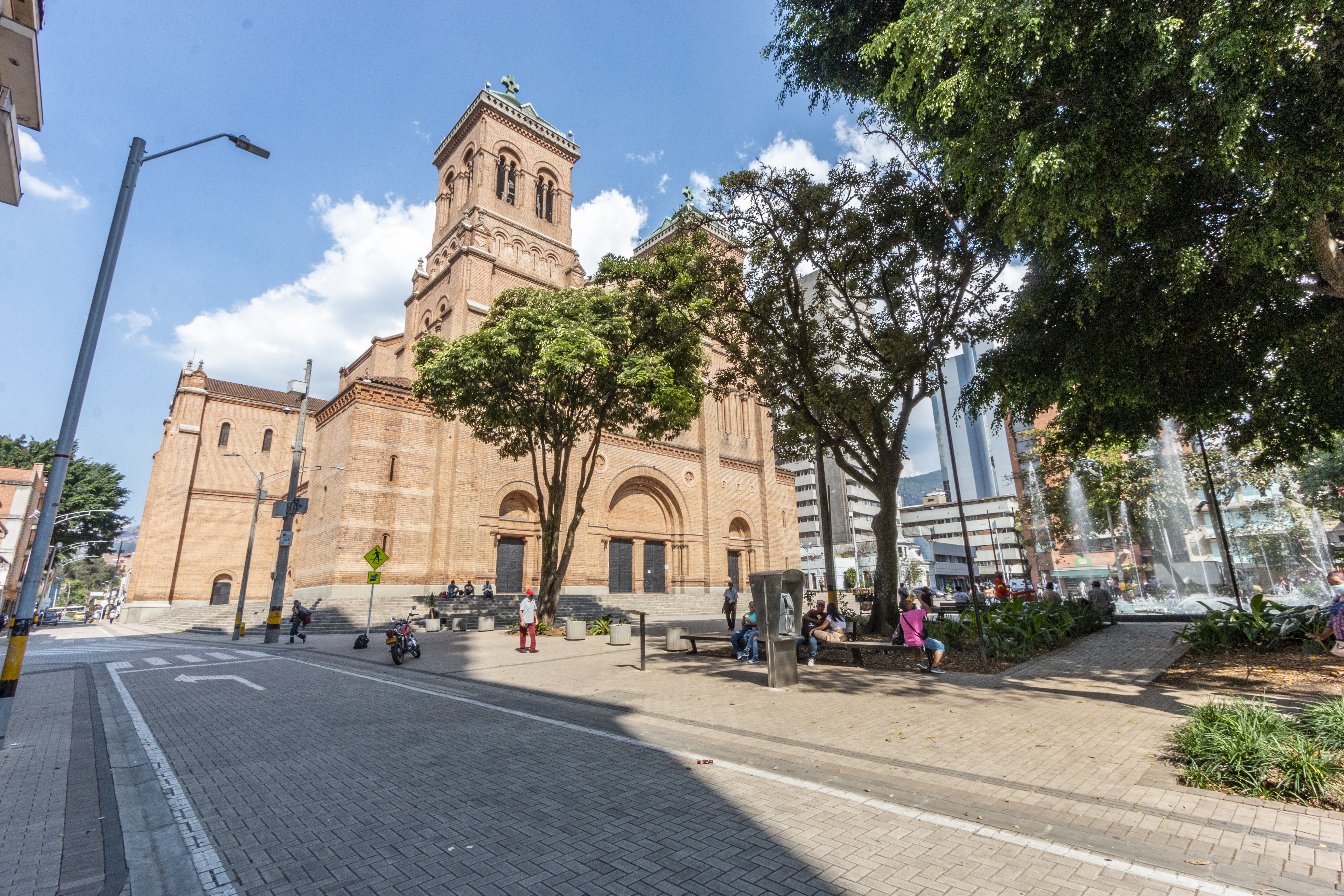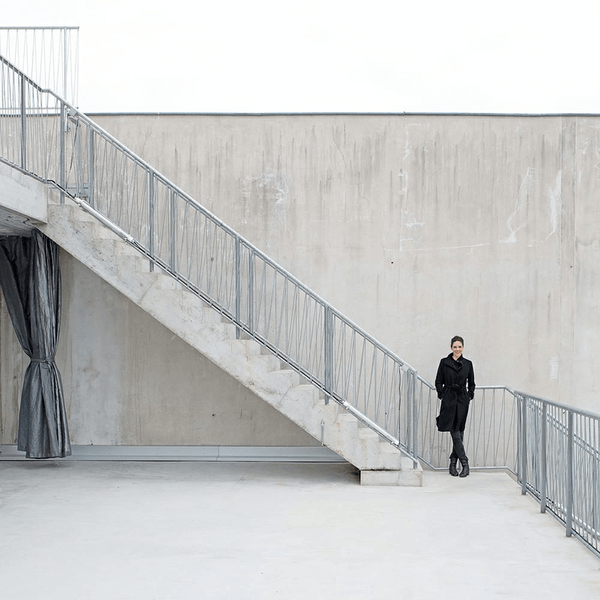Size and population development
The city of Medellín covers a surface area of 376,4 km2 With a population of 2,427,129 inhabitants (2018). It is the capital of the Antioquia Department and is the second biggest city of Colombia. Its metropolitan area, the Valle de Aburrá, is home to 3.9 million people, which makes it the second biggest to Bogotá.
Population composition
The 2018 DANE census data shows that the population comprises 53% females and 47% males. 71.2% of Medellín residents are aged between 15-64, 10.9% are aged 64 and over and 18% of residents are children below the age of 15. 61.3% were born in the city, 38% in other parts of Colombia and 0.3% in another country. The ethnographic makeup of the city is: Mezitzo or White 94.4%, Afro-Colombian or Afro-descendant 6,5% and Indigenous Amerindians 0.1% Roman Catholicism is the dominant religion in Medellín and all of Colombia.
Main functions
Medellín, officially Municipality of Medellín, is the second largest city in Colombia and the capital of the department of Antioquia. The city is located in the Aburrá Valley, a central region of the Andes Mountains, at an elevation of 1,500 metres.
Main industries / business
Medellín is one of Colombia's main economic centres. Its economy is led by the Grupo Empresarial Antioqueño (Antioquian Enterprises Group). This group has an aggregate market capitalization of approximately US $17 billion and employs more than 80,000 Colombians. Medellín's main economic products are steel, textiles, tourism, agriculture, public services, chemical products, pharmaceuticals and refined oil. The city serves as headquarters for many national and multinational companies.
Sources for city budget
The City of Medellín draws its budget for public expenditure from taxes, fees, fines, operating revenues and subsidies from the national government of Colombia. Low tax rates mean social and economic development policies have been funded by the city's ownership of the main energy supplier, Empresas Publicas de Medellín (EPM); 30% of its profits go directly to the city's administrative budget.
Political structure
Medellín is a city governed by a republican democratic system with a decentralized government. The government of the city of Medellín is divided into executive and legislative branches. Administration is shared by the Mayor and the Municipal Council, both elected by popular vote. The municipality belongs to the Medellín Metropolitan which is made up of ten neighbouring municipalities.
Administrative structure
The municipality is divided into six zones: The urban zone, which is subdivided into 16 comunas (communes). The communes are further divided into 249 statistical barrios (neighbourhoods). The remaining zones outside the urban zones comprise five corregimientos (townships).
Website
http://www.medellin.gov.co
